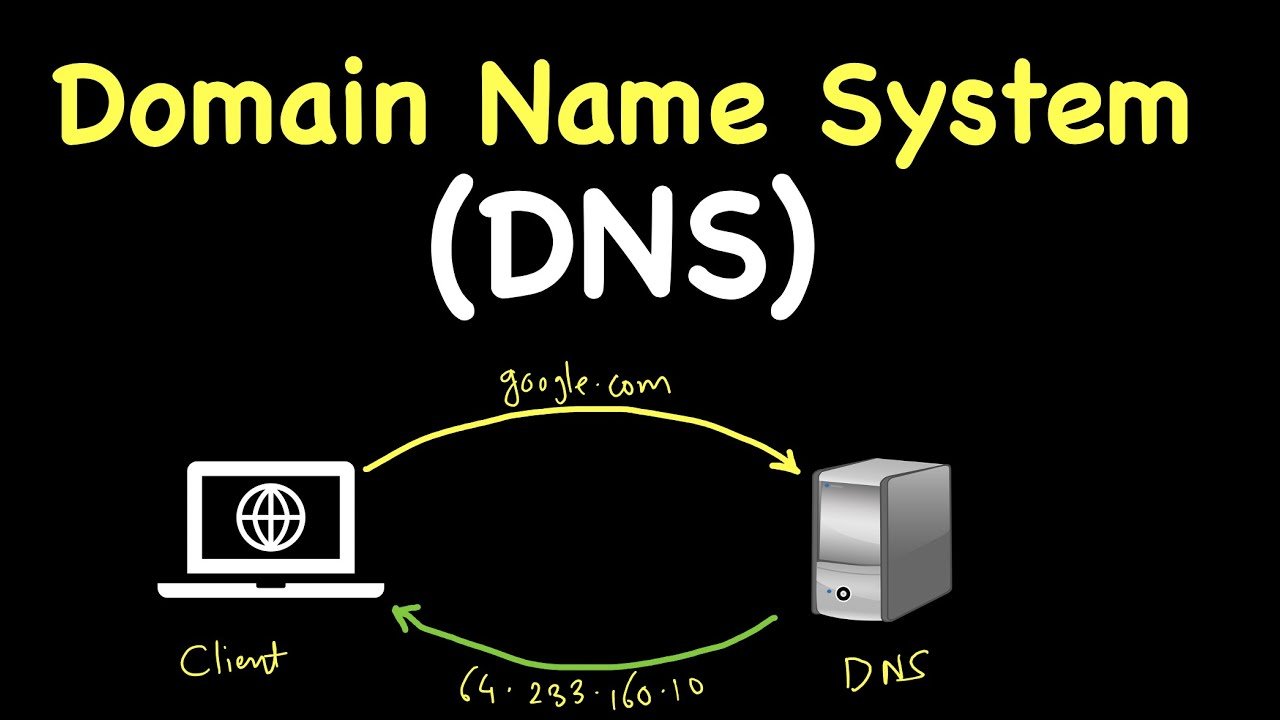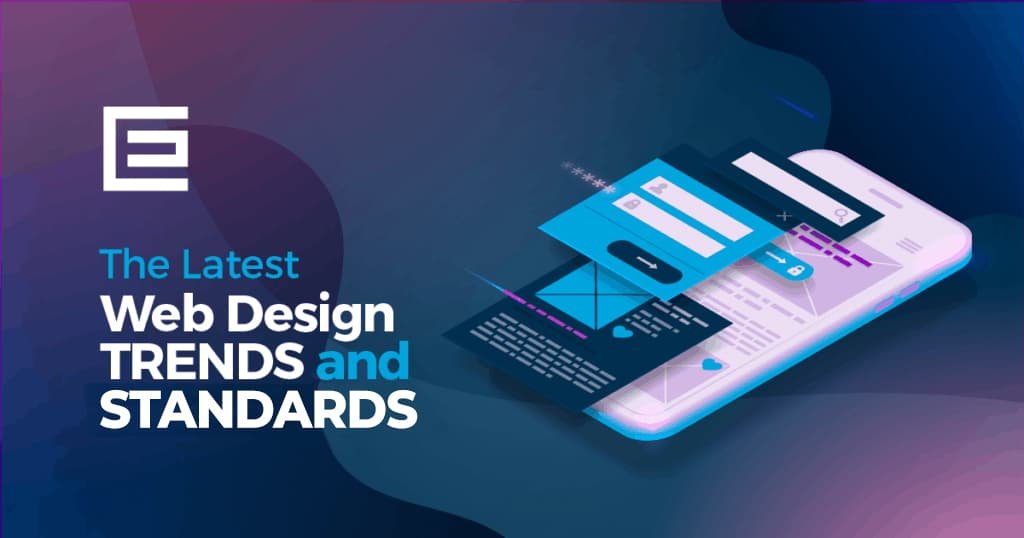The Domain Name System (DNS) is a fundamental component of the internet’s infrastructure, playing a crucial role in how we access websites and other online resources. Without DNS, navigating the web would be a complex task involving the memorization of numerical IP addresses. Instead, DNS allows us to use easy-to-remember domain names. This guide will explain the key concepts of DNS, how it works, and why it is essential for internet functionality.
What is DNS?
1. Definition and Purpose
The Domain Name System (DNS) is a hierarchical system that translates human-readable domain names (like www.example.com) into IP addresses (like 192.0.2.1) that computers use to identify each other on the network. This translation process enables users to access websites and services using easily memorable names rather than numerical IP addresses.
2. Key Components
- Domain Names: Structured in a hierarchical format, domain names are composed of several parts separated by dots. For example, in
www.example.com,comis the top-level domain (TLD),exampleis the second-level domain, andwwwis a subdomain. - DNS Records: DNS records are data entries in the DNS database that provide information about a domain. Common types include:
- A Record: Maps a domain name to an IP address.
- CNAME Record: Maps a domain name to another domain name.
- MX Record: Specifies mail servers for handling email.
- TXT Record: Holds arbitrary text data, often used for verification and security purposes.

- DNS Servers: These servers handle DNS queries and are classified into several types:
- DNS Resolver: Receives queries from end-users and resolves them by querying other DNS servers.
- Authoritative Name Server: Contains the DNS records for a domain and provides responses to queries about that domain.
- Root Name Server: The top-level DNS servers that direct queries to appropriate TLD name servers.
How DNS Works
1. Domain Name Resolution Process
When you type a domain name into your browser, a series of steps occur to resolve the name into an IP address:
- Query Initiation: Your computer sends a DNS query to a DNS resolver (typically provided by your ISP).
- Recursive Query: If the resolver does not have the answer cached, it performs a recursive query by contacting other DNS servers, starting from the root name servers.
- Root Name Server: The root server directs the query to the appropriate TLD name server based on the domain extension (e.g.,
.com). - TLD Name Server: The TLD server provides the IP address of the authoritative name server for the domain.
- Authoritative Name Server: The authoritative server responds with the IP address associated with the domain name.
- Response to Browser: The resolver returns the IP address to your browser, which then connects to the web server hosting the website.
2. Caching Mechanism
To improve efficiency and reduce latency, DNS responses are cached at various levels:
- Client-Side Cache: Stores DNS responses on your local device.
- DNS Resolver Cache: Caches responses from DNS resolvers.
- Authoritative Server Cache: Caches DNS records on authoritative servers.
Caching helps speed up the domain resolution process and reduces the load on DNS servers.
UI Deep Dive: Designing an Intuitive Interactive Component
Now let’s drill down to the UI of a specific, complex component within the platform. The interface for a game of stellar spins online roulette presents a fascinating design challenge. The designer must display a large amount of information—the betting table, the iconic wheel, the user’s balance, and betting options—in a way that is clean, uncluttered, and easy to use on both desktop and mobile. Notice the use of high-contrast text, clear visual hierarchy, and the satisfying microinteractions (like animations and sounds) that provide feedback when a user places a chip. This is a masterclass in designing an intuitive UI for a data-rich, interactive application.
Importance of DNS
1. User-Friendly Internet Navigation
DNS simplifies internet navigation by allowing users to use easily memorable domain names instead of numerical IP addresses. This enhances user experience and accessibility.
2. Domain Management and Security
DNS also plays a role in domain management and security. Proper configuration of DNS records is crucial for ensuring that domain names resolve correctly and that email services and other applications function properly. DNS security features, such as DNSSEC (DNS Security Extensions), help protect against threats like DNS spoofing and cache poisoning.
3. Performance and Reliability
Efficient DNS resolution improves website performance and reliability. Caching and distributed DNS servers help ensure that domain names are resolved quickly and that the internet remains stable even during high traffic periods.
Troubleshooting Common DNS Issues
1. DNS Propagation Delay
After making DNS changes, it may take some time for the new information to propagate across the internet. This delay can affect how users access your website. Patience and monitoring tools can help track propagation progress.
2. DNS Cache Poisoning
DNS cache poisoning involves maliciously altering DNS cache data to redirect users to fraudulent sites. Implementing DNSSEC and regularly updating DNS records can help mitigate this risk.
3. Domain Name Resolution Failures
If a domain name fails to resolve, it may be due to misconfigured DNS records, server issues, or expired domain registrations. Verifying DNS settings and checking for domain registration status can help address these issues.
Conclusion
The Domain Name System (DNS) is a critical component of the internet that enables user-friendly navigation and efficient web access. Understanding how DNS works and its importance helps in managing and troubleshooting website functionality. By familiarizing yourself with DNS concepts, you can ensure smooth domain management and a better user experience.




